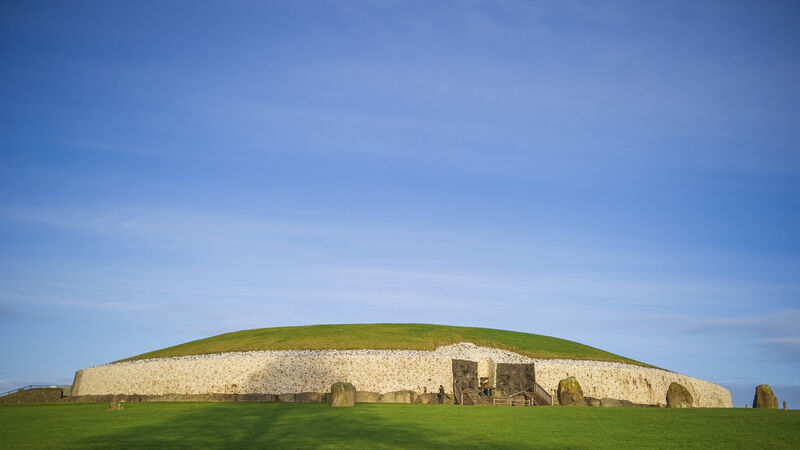How a 5,200-year-old festival is celebrated in modern times

Newgrange in Co Meath: In the winter solstice, the rising sun beams a ray of light, 19m long, into the Neolithic monument.
At 5,200 years old, and older than the Great Pyramids, Newgrange in Co Meath becomes an international focal point this winter solstice as the rising sun beams a ray of light, 19m long, into the Neolithic monument.
Our pre-Christian ancestors all celebrated this time of year as the light slowly returned, until the festival merged into Christmas in more recent centuries.











